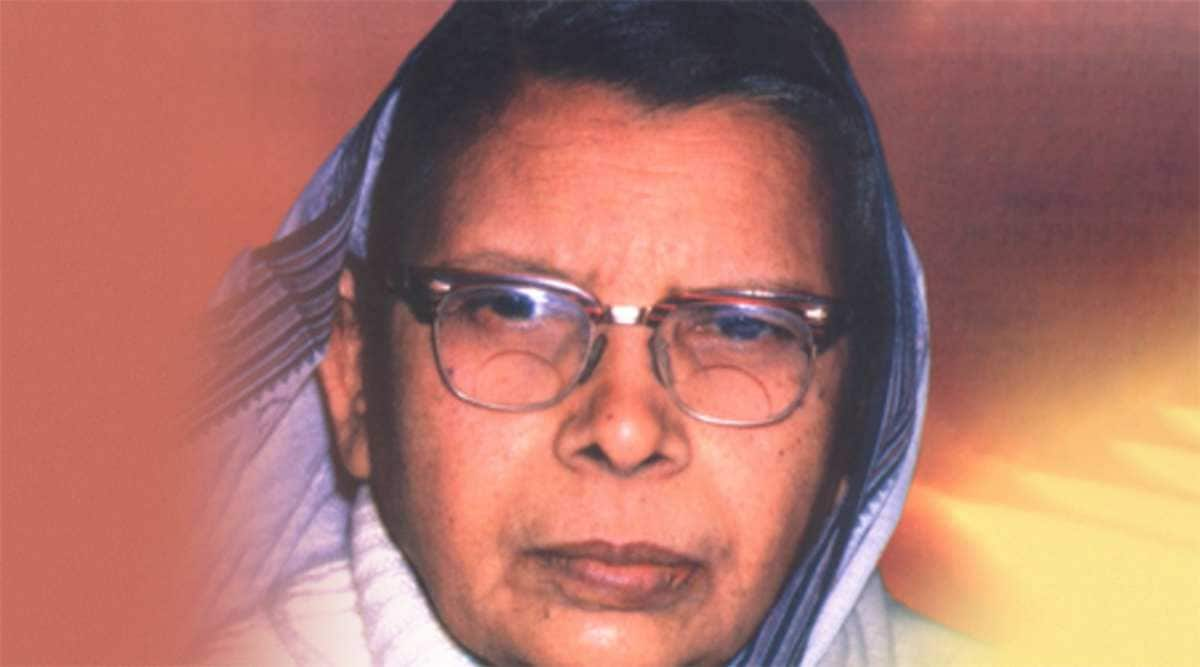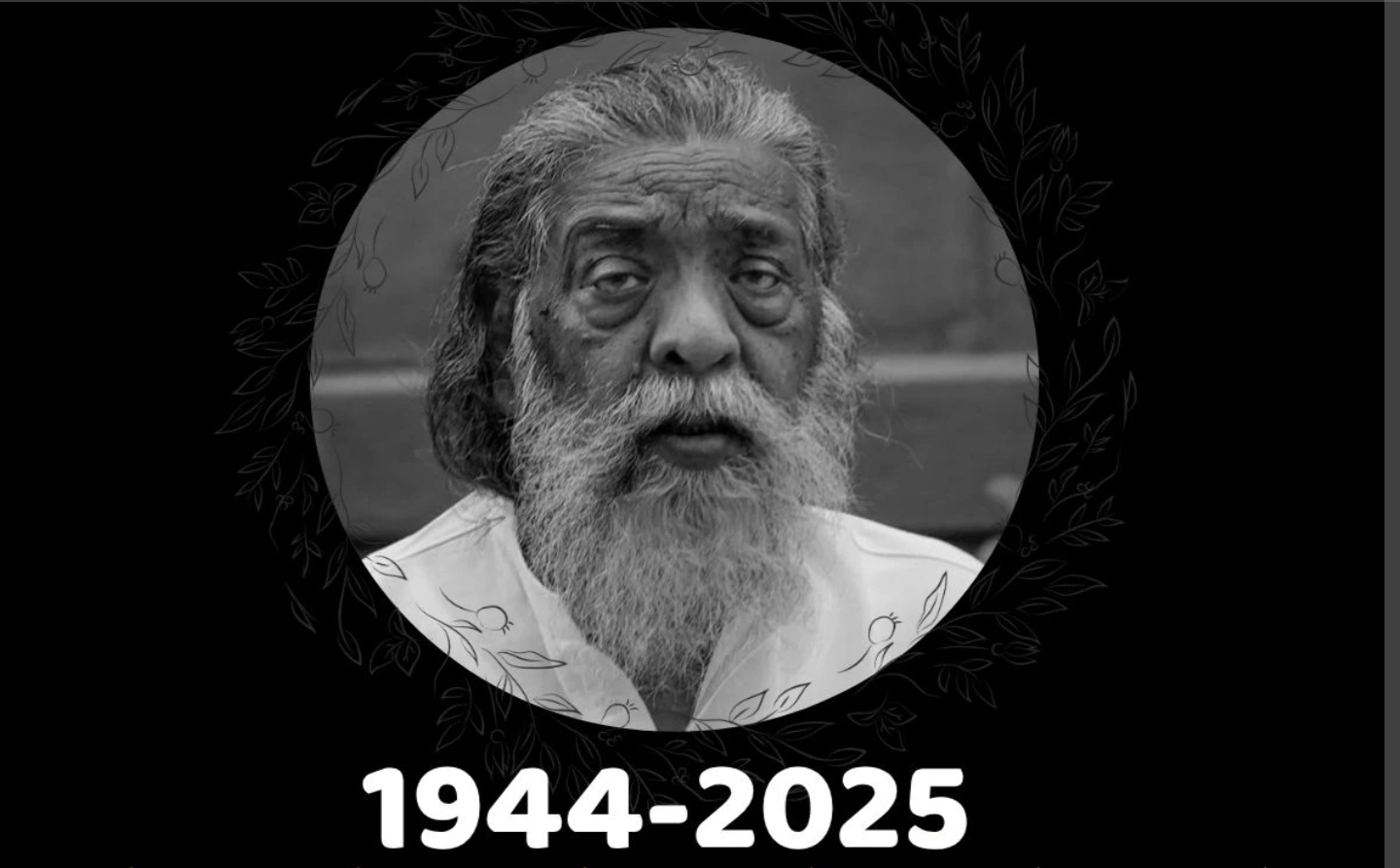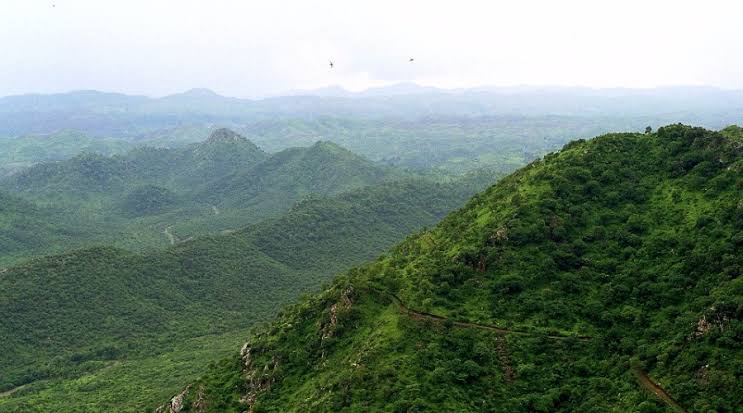Remembering Mahadevi Verma, the Silent Social & Literary Crusader

Mahadevi Verma (1907-1987), was one of the most significant figures in 20th-century Hindi literature. She was a poet, activist, and essayist who lived a life that was a powerful and public rejection of patriarchal norms.
Verma is often called the "Modern Meera," a comparison to the 16th-century saint-poet Mirabai, who similarly defied social expectations for her love of a divine being. While Verma’s poetry was a form of spiritual yearning, her life was a testament to her unyielding spirit.
As a key pillar of the Chhayavaad (neo-romantic) movement, her poetry was a new and profound voice in Hindi, exploring themes of longing, pain, and mysticism. Her work was deeply emotional and introspective, yet it also carried a subtle, powerful message of individual freedom.
That's her personality, unrelenting in her commitments, and within Hindi poetry, she had created the space to dissent, which in her times was not easy to do, but she wasn't convinced that she would have a role in a traditional family.
Social Conditions of Mahadevi Verma and Her Literature
Mahadevi Verma (1907–1987), one of the four pillars of the Chhayavad movement in Hindi literature, is often remembered not only as a gifted poet but also as a sensitive artist who shaped modern Hindi poetry with her distinct voice. Her art is deeply interwoven with the social conditions of her time—conditions that were marked by India’s struggle for independence, entrenched patriarchal norms, economic backwardness, and a cultural transition from tradition to modernity. Her poetry, prose, and personal engagements with society embody the tensions, pains, and possibilities of her age.
Historical and Social Background
Mahadevi Verma was born into a conservative yet somewhat reformist family in Uttar Pradesh during the early twentieth century. Indian society at that time was characterized by:
Colonial Rule: India was under British domination, and nationalist movements were gaining strength. Writers and poets often expressed resistance through cultural and spiritual revival. Women were confined largely to domestic roles, denied access to education, and often forced into submission.
The early 20th century saw a transition in Hindi literature from the “Dwivedi Yug” (didactic, reformist) to the “Chhayavad Yug” (romantic, subjective, spiritual), of which Mahadevi became the leading voice.This blend of oppression, awakening, and transition formed the soil in which Mahadevi’s art blossomed.
Reflection of Social Conditions
The Condition of Women.
Mahadevi Verma’s life itself was a testimony to the plight of Indian women. She was married in childhood but chose to live separately, dedicating her life to literature, teaching, and reform. Her works such as Shrinkhala ki Kadiyan highlight the chains of social conventions that bind women.
In her prose essays and poetry, she portrays women as subjugated yet spiritually resilient, caught in the web of patriarchy yet yearning for selfhood. Her writings gave voice to countless women who lived in silence, making her one of the earliest feminist voices in Hindi literature.
Loneliness and Alienation
The Chhayavad poets often emphasized individual subjectivity, but in Mahadevi Verma’s art, loneliness became a dominant motif. This reflected the isolation of sensitive individuals—particularly women—in a rigid society. Her poems are suffused with melancholy, depicting a search for eternal companionship beyond the material world. The recurring imagery of separation (viraha), pain, and longing can be read as metaphors for the suppressed desires of her times.
Although not overtly political, Mahadevi’s art resonates with the spirit of freedom. For her, liberation was not only national but also personal and spiritual. Through nature imagery and mystical language, she connects the soul’s quest for freedom with India’s quest for independence. Her artistic sensitivity made her poetry both personal confession and collective expression of an age struggling for liberation.
Socio-Economic Realities and Cultural Transition
In her sketches and memoirs, such as Mera Parivar and Smriti ki Rekhayein, Mahadevi records the lives of ordinary people and animals around her with compassion. She reveals the poverty, exploitation, and inequalities of society with subtlety. Her humane approach to both humans and animals highlights her protest against cruelty and neglect—an indirect commentary on social injustice.
Mahadevi’s writings reflect the tension between tradition and modernity. While rooted in Indian mysticism, her poetry exhibits modern individualism and psychological depth. She was well-versed in Sanskrit and Hindi traditions, yet her art often questioned the rigidity of social customs, especially regarding women’s education, freedom, and identity. This mirrors the larger social change of early 20th-century India, where tradition was being questioned in the light of reformist ideas.
Mahadevi Verma’s art is distinguished by:
Chhayavadi Symbolism:
Use of nature, clouds, the moon, and flowers as metaphors for inner pain and social alienation.
Feminine Sensibility: Her poetry gives voice to a woman’s inner world, challenging male-dominated literary traditions.
Mystical Undertone
Social suffering often transformed into spiritual quest in her poems, reflecting the Indian way of sublimating pain into transcendence.
Compassionate Prose: Her prose writings highlight social issues—especially women’s oppression—through lived experiences, not abstract theorizing.
Beyond literature, Mahadevi was active as an educator and reformer. As the principal of Prayag Mahila Vidyapeeth, she worked for women’s education, linking her artistic sensibility with social action. Her life itself became a symbol of resistance against social orthodoxy.
The art of Mahadevi Verma can not be separated from the social conditions in which she lived. Her poetry and prose capture the silence, suffering, and suppressed longings of women, the loneliness of sensitive souls in a rigid society, and the yearning for freedom—both personal and national. At the same time, her works embody compassion, spiritual strength, and reformist zeal.
Thus, Mahadevi Verma’s art is not merely romantic or mystical but a profound reflection of the social reality of early 20th-century India, transmuted through the lens of a sensitive poet. She stands as a bridge between personal anguish and collective struggle, between tradition and modernity, between the chains of social custom and the vision of liberation.
On her death anniversary (September 11), we remember her as a poet of rupture and resilience, compassion and commitment, critical engagements with feminist predelictions, and a poet who rejected with disdain the order imposed by patriarchy. At times, tender in her emotions, at times reverberating with personal emotions, she remains a poet caught between a personal choice and the universal social order.
(Author is a faculty member in the department of English, College of Commerce, Arts & Science, Patna.)

 1 day, 3 hours ago
1 day, 3 hours ago











[[comment.comment_text]]